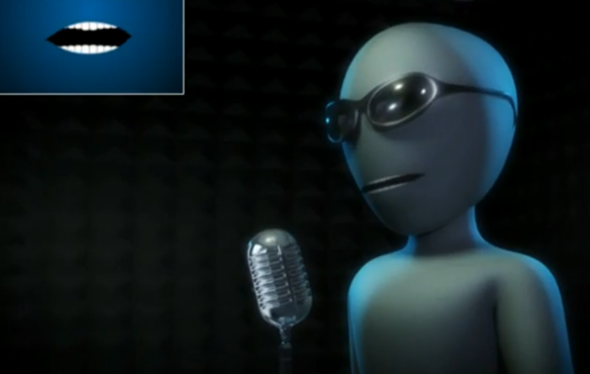Auto Lip Sync After Effects Crack

A (by the microphone) records a lip-synching track for an animated video production. Once her vocal part is recorded, will then put her vocals into an animation production, to give the impression that an animated character is speaking. Iit mathematics by ml khanna pdf.
Auto Lip-Sync can also create a sketchy, cartoon like mouth animation. And its a good team player with other AE plugins - in this case with FreeForm Pro. How to create a talking car in After Effects. Talking Tree with Auto Lip-Sync - Easy Lip-Sync in AE. Watch all tutorials User Interface.

Lip sync (short for lip synchronization) is a technical term for matching a speaking or singing person's lip movements with prerecorded sung or spoken vocals that listeners hear, either through the in a live performance or via television, computer, cinema speakers, or generally anything with audio output in other cases. The term can refer to any of a number of different techniques and processes, in the context of live performances and audiovisual recordings. In, lip-synching is often part of the postproduction phase.
Foreign-language films and making animated characters appear to speak both require elaborate lip-synching. Many video games make extensive use of lip-synced sound files to create an immersive environment in which on-screen characters appear to be speaking.
In the music industry, lip-synching is used by singers for, television and film appearances and some types of live performances. Lip-syncing by singers can be controversial to fans attending concert performances who expect to view a live performance. Contents • • • • • • • • • • • • • • • • • • • • • • • • • • • • • Terminology [ ] Lip sync is also referred to as 'lip-sync' or 'lip-synch'. The proper spelling is sync (when used alone), and synchronize, synchronizing and synchronization. The term 'sync' or 'synch' is pronounced, the same as the word 'sink'. In music [ ] Lip-synching is considered a part of.
It can be used to make it appear as though actors have substantial singing ability (e.g., television show), to simulate a vocal effect that can be achieved only in the recording studio, e.g. 's, which used an; to improve performance during choreographed live dance numbers that incorporate vocals; to misattribute vocals entirely (e.g.,, a band which lip-synced to recordings made by other singers), or to cover deficiencies in live performance. It is also commonly used in. Sometimes lip sync performances are forced on performers by television producers to shorten the guest appearances of celebrities, as it requires less time for rehearsals and hugely simplifies the process of sound mixing, or to eliminate the risk of vocal errors.
Some artists lip sync because they are not confident singing live and want to avoid singing out of tune. Because the film track and music track are recorded separately during the creation of a, artists usually lip-sync their songs and often imitate playing as well.
Artists also sometimes move their lips at a faster speed than the recorded track, to create videos with a slow-motion effect in the final clip, which is widely considered to be complex to achieve. Similarly, some artists have been known to lip-sync backwards for music videos such that, when reversed, the singer is seen to sing forwards while time appears to move backwards in his or her surroundings. Notable exceptions to this trend include 's hit ', which only uses the instruments as a backing track while the vocals were recorded with a microphone attached on the singer, giving a different feel to it. On and most variety shows of the 1960s, vocals and instrumentals were all (with a few notable exceptions on American Bandstand) synced to pre-recorded music. Cara download camfrog pro secara gratis. Since the advent of MTV in the 1980s, many artists have focused on visual effects, rather than singing, for their live shows.